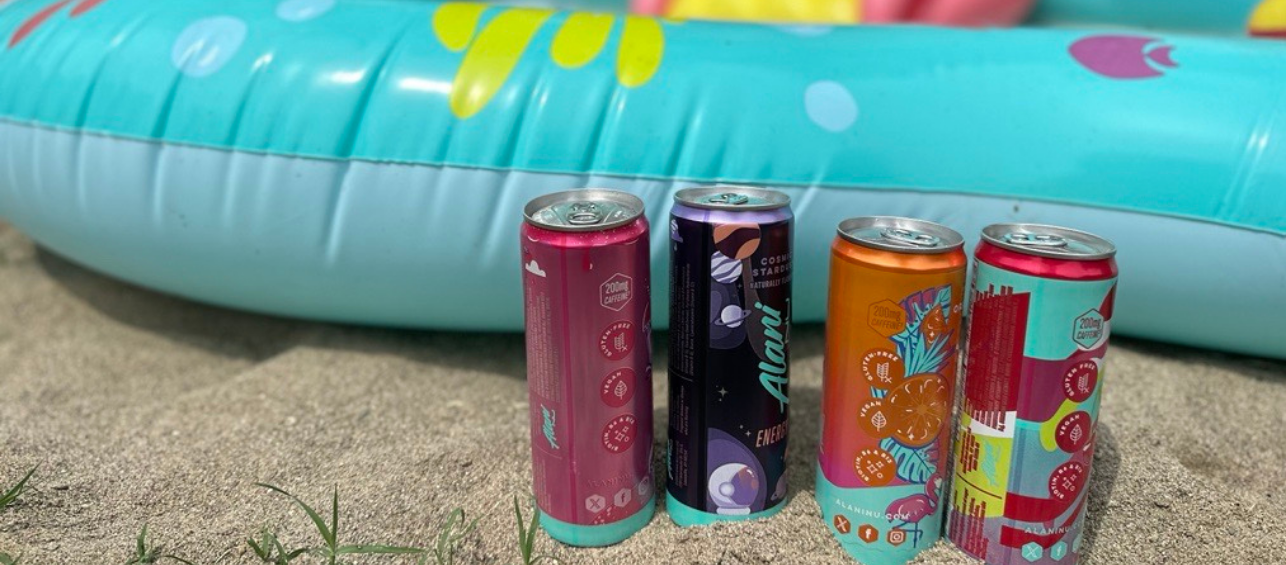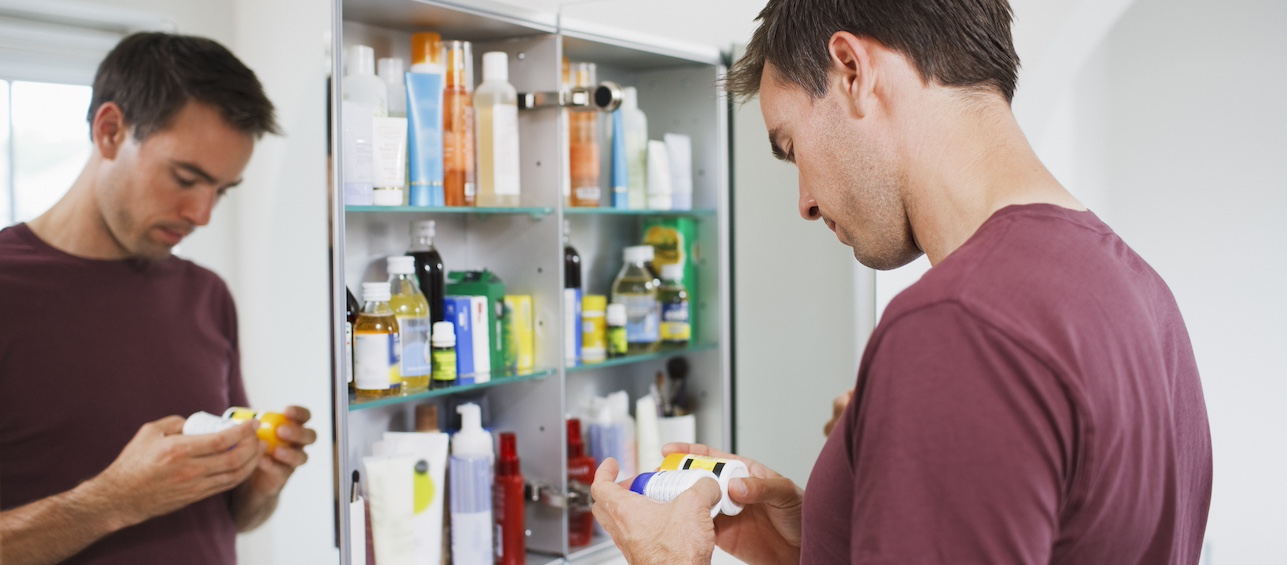If you are like me, you may feel like this summer has flown by!
My family just finished our back-to-school supply shopping and are gearing up for another year. As I passed through the rows of gel pens, disinfecting wipes, hand sanitizers and glue, I was reminded of how many calls we fielded in the Drug and Poison Information Center (DPIC) last year related to accidental exposures at school. As a pharmacist at DPIC, these are the things I think about often.
Overall, the American Association of Poison Control Centers gets around 29,000 calls about school exposures every year. While some of them may occur due to dares or pranks, most (76%) are unintentional and avoidable. Licking hand sanitizer, chewing on pens, drinking nicotine liquid, and swallowing items like parts of a fidget spinner, are some examples of exposures that typically happen during school hours.
I’d like to give a little more information about the types of calls we received related to exposures that take place at school. Accidents can happen anywhere, anytime, but many can be prevented with a little information sharing and awareness spreading. If you’re a parent, feel free to share this with your school and teachers. If you’re a teacher, share it with your colleagues!
Top Calls Related to Accidental Exposures at School
-
Medications
Medication overdose during school hours typically happens during those hectic mornings when parents are just trying to make it out the door on time. In my house, that’s pretty much every morning. In this scenario, one parent hasn’t communicated to the other parent that he or she gave their child medication, and the child accidentally gets two doses. Or, one of the parents gave their child medication when it was supposed to happen at school that day. In either of these scenarios, a chart may help. That way, there’s a visual representation of the schedule, which may help improve communication.
-
Hand sanitizer
Schools use hand sanitizer because it’s the quickest and easiest way to prevent illness from spreading. But it’s important to keep in mind that hand sanitizers can have more than 60% ethyl alcohol, which is the same type found in beer or wine. Due to their small size, children are more likely to get toxicity symptoms than adults. It can affect their central nervous system and slow down breathing. The American Academy of Pediatrics recommends keeping the hand surface wet with hand sanitizer for at least 15 seconds. Teach kids how to use hand sanitizers safely, by rubbing it in thoroughly and telling them to never lick their hands or rub their eyes right after use.
-
Pen, pencils and glue
Children use pencils and pens in school every day. When children absent-mindedly chew on pens, the ink can explode in their mouths. Most pen ink is non-toxic and tolerated well if some gets in the mouth. We’ll also get calls from worried parents and teachers because a child has eaten a lead pencil and they’re concerned he or she might get lead poisoning. Fortunately, pencils are now made of graphite and not lead. Even though school glue is non-toxic, it should not be eaten.
-
Fidget spinners
Some schools allow fidgets spinners in their classrooms. If this is the case at your school, please inform children that the pieces can break off easily. They may need a reminder to not put them in their mouths, as it is a choking and swallowing risk.
School safety is a partnership between parents, teachers and administrators. I recommend saving the poison control number in your phone, that way you are prepared in an emergency, or can ask a question: 1-800-222-1222. We are available 24/7 and can help walk you through what’s concerning, what isn’t, and next steps.
For any concerns about accidental exposures, please call your Drug and Poison Information Center at 1-800-222-1222 or text “POISON” to 797979 to have it saved in your smart phone.






This is a great article, but you forget to mention the growing audience of children with mast cell activation and allergies. Exposure at school for a parent is one of the hardest things to let go of, because you have little control. So much emphasis on food for everything, even bathroom rewards at my sons! Craziness to a mom that has a child that is chemically sensitive. The awareness is just not there. We need professionals to help as well step in and help our schools be more neutral in the way of exposures to pesticides, cleaning materials, fragrances, foods, etc…